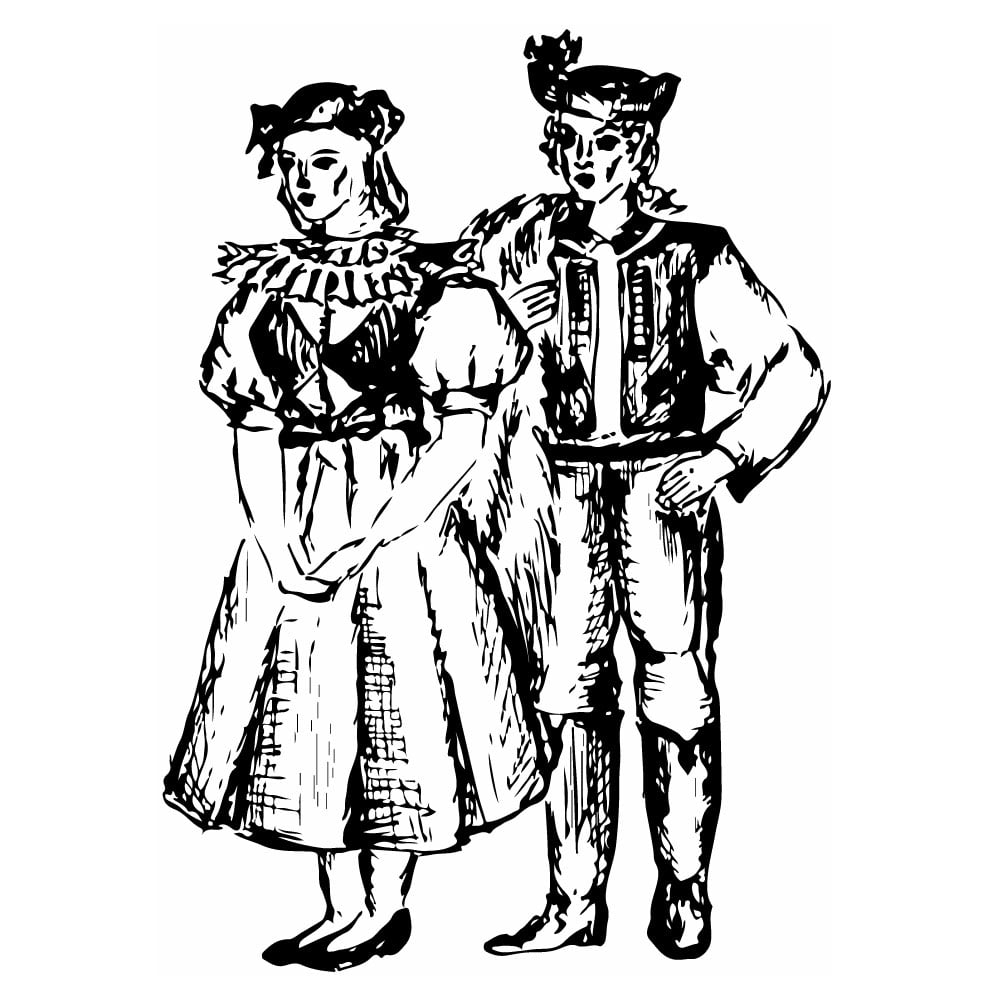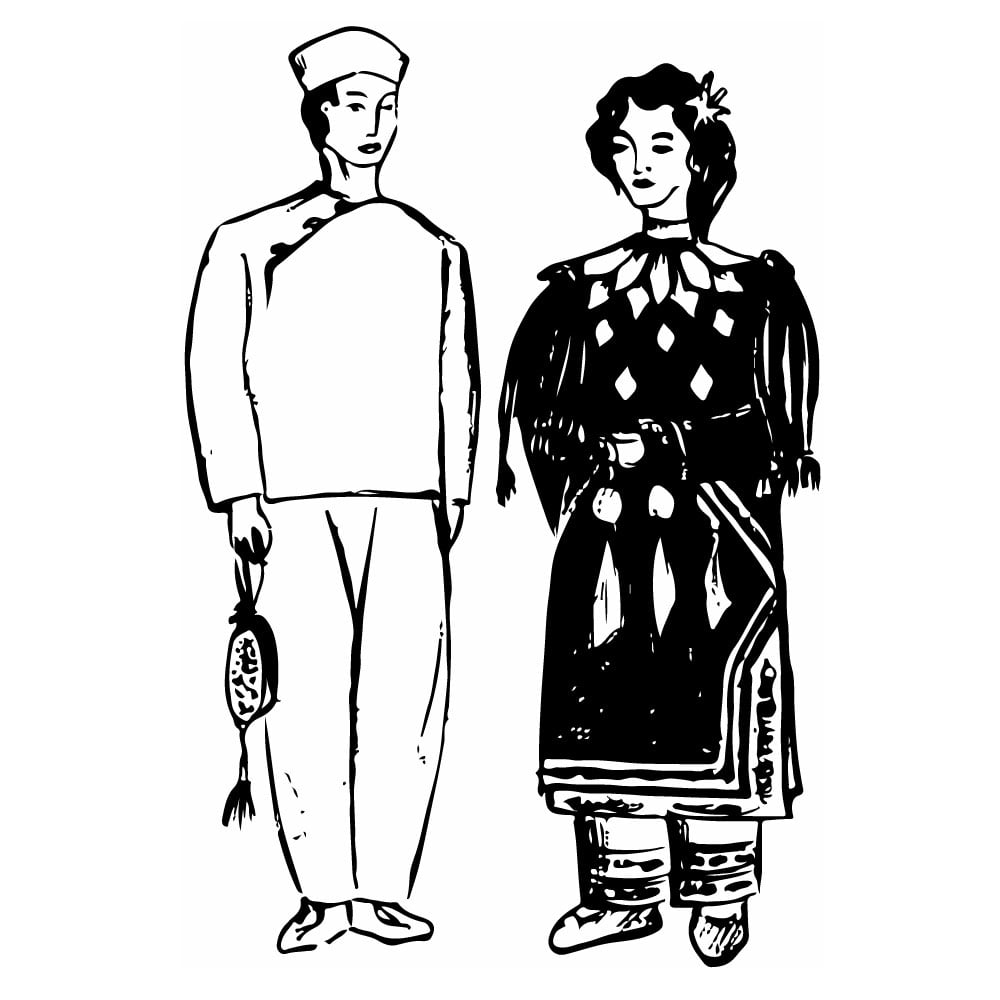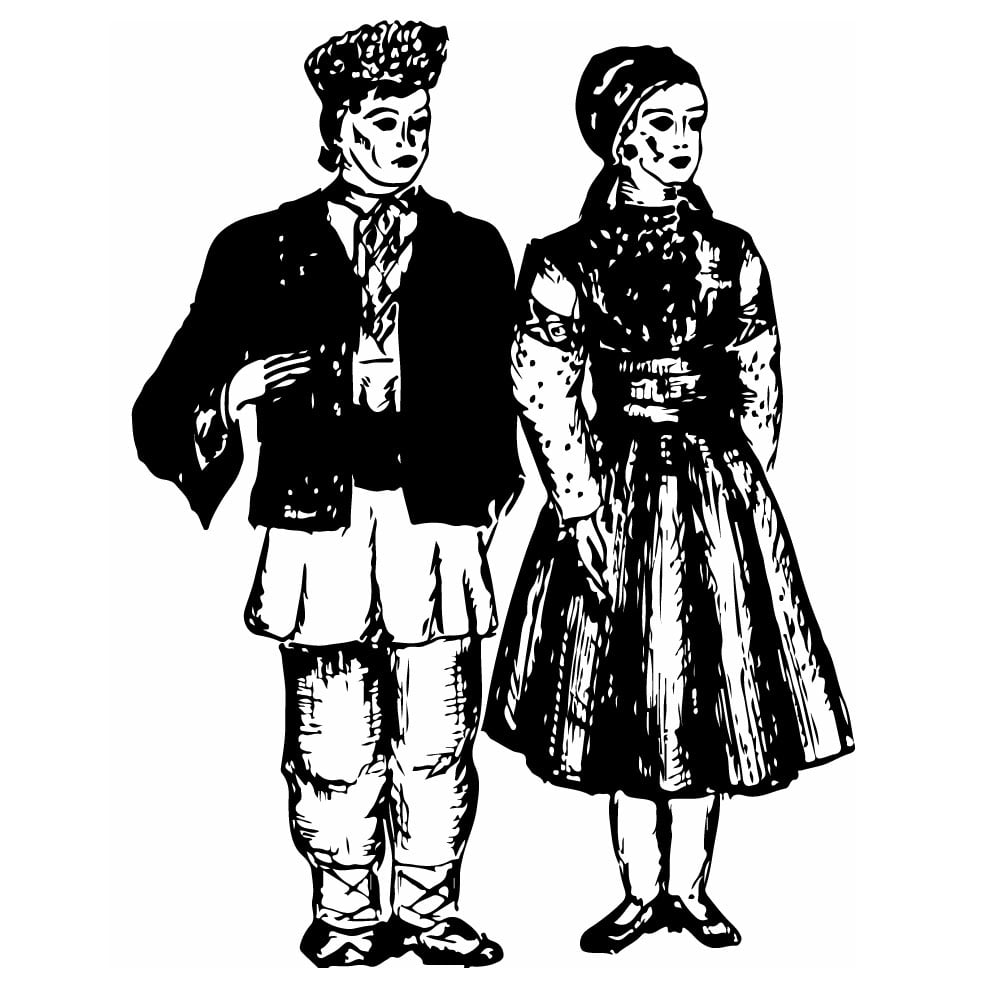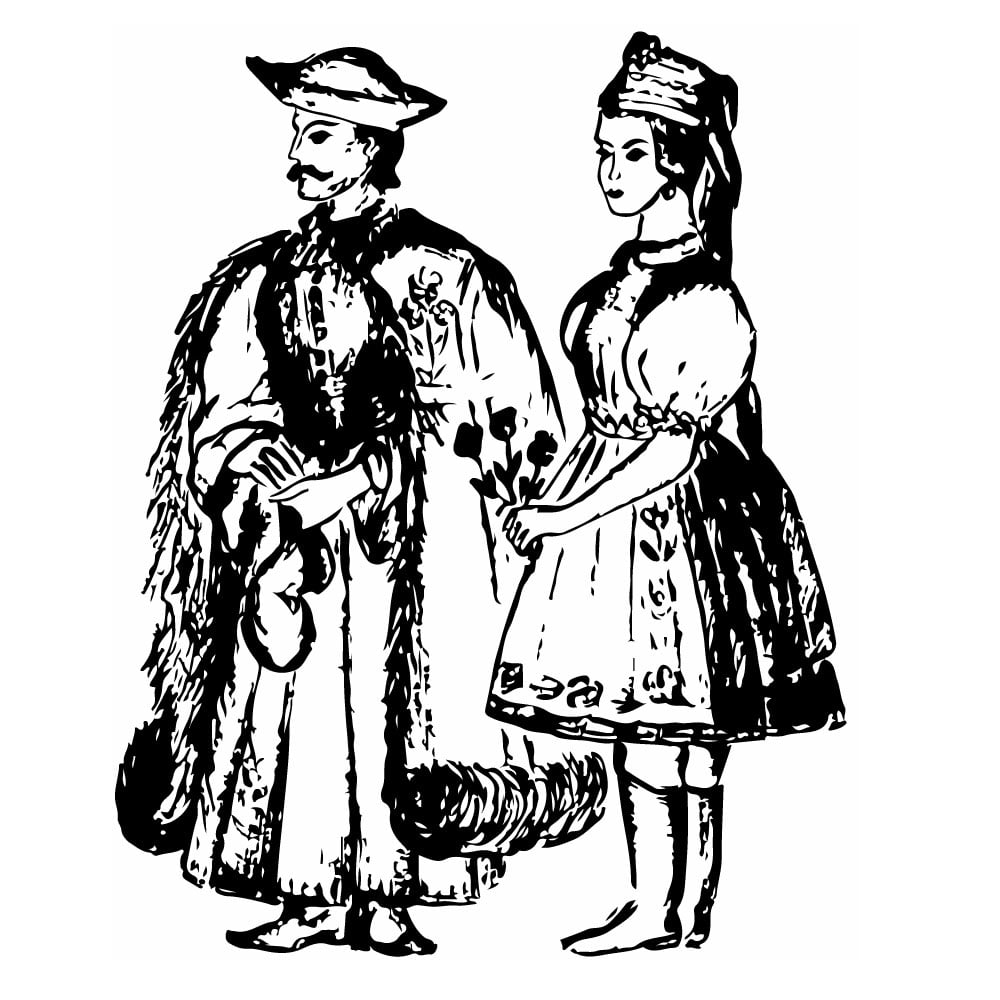Bulgarians
| Population | 373,000 |
| Language group | Slavic languages |
| Language | Bulgarian |
| Region | Ukraine, small groups in Kazakhstan and the Northern Caucasus |
| Religion | Christianity |
The first official data about the Bulgarians’ settlements in the South of Russia belong to the second part of the eighteenth century. At that period, and later on in the nineteenth century, the immigration was going on in different directions to the Budzhak steppes (the southern part of Bessarabia, to Odessa area, and to the Crimea). However, the South of Bessarabia was the main part where the refugees from the northern part of Bulgaria were gathering.
The colonists got the land from the Russian government and founded their colonies there. They practiced agriculture, viticulture, wine making, and sheep breeding; commerce and trades were of secondary importance.
The Christian population was allowed to move to Russia in 1856 when the southern part of Bessarabia was added to the Princedom of Moldova according to the Paris Treaties. A part of colonists gladly moved to Russia to the thinly populated lands of Southern Ukraine, because they felt a keen shortage of land.
Just after the resettlement to Russia, sheep breeding and wine making were the important occupations of the colonists. Corn storing took an importance at the end of the nineteenth century, when the first agricultural machines appeared and the wheat was in a great demand at the market.
The economic ties of Bulgarians and Gagauz from the Black Sea and the Azov Sea areas between themselves and the Ukrainians and Moldavians, who lived at the same places, brought all these ethnic groups closer together in the cultural relations. Such a circumstance took an imprint on the first quarter of the twentieth century; they knew the language of the neighboring population, as well as their native tongue.
The Bulgarians, who composed the majority among other colonists, had a great demand in the Russian language proficiency; they grasped the Russian culture faster than their neighbors did and lost many of the original features of their culture and mode of life.
This is Ad 1





























